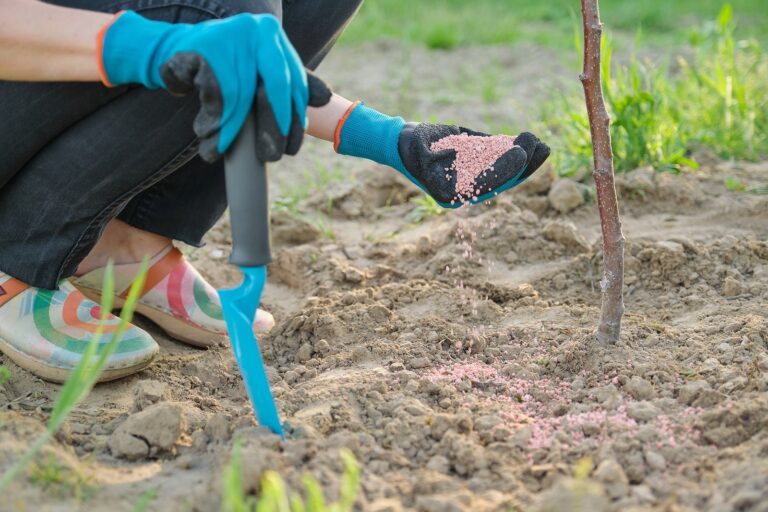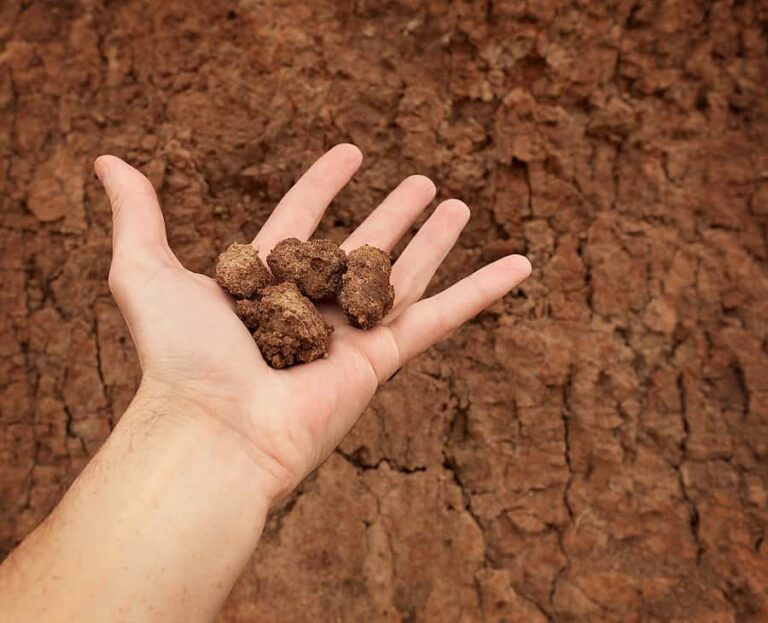Using Mycorrhizal Fungi to Boost Plant Health and Yield
Healthy soil is alive with microscopic partners that help plants thrive. Among the most important of these are mycorrhizal fungi—beneficial soil organisms that form a partnership with plant roots. This living network helps plants take up nutrients and water more efficiently, improving both growth and yield. In regenerative gardening, fostering mycorrhizal fungi is key to building long-term soil health.
What Are Mycorrhizal Fungi?
“Mycorrhiza” means “fungus-root.” These fungi live in close association with plant roots. The fungus threads, called hyphae, grow through the soil, extending far beyond the root zone. In exchange for sugars from the plant, the fungus gathers water and nutrients—especially phosphorus, zinc, and copper—and delivers them back to the plant.
There are two main types:
- Ectomycorrhizae, which form a sheath around roots (common in trees and shrubs).
- Endomycorrhizae (also called arbuscular mycorrhizae), which grow inside root cells (common in vegetables and most garden plants).
Benefits in the Regenerative Garden
- Improved nutrient uptake: The fungi act as a living extension of plant roots, reaching nutrients roots can’t access.
- Better water efficiency: Mycorrhizal networks help plants tolerate drought by drawing moisture from deep in the soil.
- Healthier soil structure: Fungal threads bind soil particles, improving aeration and preventing erosion.
- Natural disease protection: Mycorrhizae crowd out harmful microbes and trigger plant immune responses.
- Higher yields: Plants with strong root-fungal partnerships grow faster and produce more abundant harvests.
How to Encourage Mycorrhizal Fungi
- Avoid synthetic fertilizers and pesticides. These chemicals can kill or weaken beneficial fungi.
- Disturb the soil as little as possible. Tilling breaks up fungal networks that take months to rebuild.
- Feed the soil, not the plant. Add compost, leaf mold, or mulch to provide steady organic matter.
- Keep living roots in the soil. Cover crops and perennials help sustain fungal populations year-round.
- Plant diverse crops. Fungal species thrive when they can partner with a wide range of host plants.
Using Mycorrhizal Inoculants
You can introduce beneficial fungi directly by using mycorrhizal inoculants—powders, granules, or liquids containing spores.
How to apply:
- Dust seeds or dip transplant roots in the inoculant before planting.
- Mix granules into planting holes for trees or shrubs.
- Water liquid inoculants into established beds early in the season.
One application is often enough; once established, the fungi multiply naturally in healthy soil.
Signs of a Thriving Mycorrhizal Network
- Plants have strong, evenly developed roots.
- Soil stays moist longer after watering.
- Crops grow more evenly with fewer nutrient deficiencies.
- Earthworms and other soil life are abundant.
In My Garden
In my Sonoma Valley garden, I’ve seen the power of mycorrhizal fungi firsthand. When I plant tomatoes, peppers, and onions with a dusting of inoculant, they root faster and need less water through the dry summer. In raised beds that I don’t till and keep covered with mulch year-round, fungal growth is visible as fine white threads weaving through the soil. Those are living signs of fertility—nature’s own underground network keeping the soil and plants in balance.
Regenerative gardening is about working with life, not against it. Mycorrhizal fungi are among your best allies—quiet workers that strengthen every plant and make the soil truly alive.
Regenerative Gardening Learning Hub
🌿 Start here: The Complete Guide to Regenerative Gardening and Farming
1️⃣ Soil Health and Living Systems
- How to Build Living Soil: A Step-by-Step Guide
- Understanding the Soil Food Web: Life Beneath Our Feet
- How to Use Compost and Vermicompost in a Regenerative Garden
- Mulching for Soil Health: How to Protect and Feed the Soil Naturally
- Using Mycorrhizal Fungi to Boost Plant Health and Yield
- Minimal Tillage: Why and How to Disturb the Soil Less
- How to Test, Read, and Rebalance Your Soil Naturally
2️⃣ Biodiversity and Polyculture
- How to Design Polycultures and Companion Plantings for Regenerative Gardens
- Integrating Native Plants into Your Food Garden
- Creating Habitat for Beneficial Insects and Pollinators
- Cover Cropping for Biodiversity and Soil Regeneration
- Crop Rotation for Soil Fertility and Pest Management
3️⃣ Carbon Sequestration and Organic Matter
- Why Capturing Carbon in the Garden Is Important and Fights Climate Change
- Increasing Soil Carbon with Compost, Mulch, and Deep Roots
- Biochar: What It Is and How to Use It in the Garden
- How to Keep Soil Covered Year-Round to Build Carbon and Fertility
4️⃣ Water Stewardship
- How to Use Water Wisely: The Principles of Water-Wise Regenerative Gardening
- Building Swales and Contour Beds to Slow and Sink Rainwater
- Mulch, Groundcovers, and Soil Structure for Water Retention
- Harvesting Rainwater for Regenerative Gardens
5️⃣ Perennial Crops and Permanent Systems
- How to Transition from Annuals to Perennials in the Vegetable Garden
- Perennial Vegetables for Regenerative Systems
- Agroforestry and Food Forest Basics for Gardeners
- Integrating Fruit Trees and Shrubs into the Vegetable Garden
6️⃣ Animal Integration
- Chickens in the Garden: How to Use Them Regeneratively
- Using Worms and Bees as Regenerative Allies
- The Role of Animals in Closing the Nutrient Loop
7️⃣ Human and Community Connection
- The Ethics of Regenerative Gardening: Care for Earth, People, and Future Generations
- How to Build a Community Garden Using Regenerative Principles
- Teaching Regenerative Gardening to Children and Beginners
- Healing the Land and Ourselves: The Psychology of Regenerative Practice
8️⃣ Regenerative Design and Planning
- How to Plan a Regenerative Garden from the Ground Up
- Regenerative Gardening Principles Simplified for the Home Gardener
- Home Garden Permaculture
- How to Create a Home Food Forest
- French Intensive Gardening
- Square Foot Gardening
- Zone and Sector Planning for Small Regenerative Gardens
- Using Observation and Feedback to Improve Your System Each Season
9️⃣ Inputs and Outputs: Closing the Loop
- How to Make and Use Compost Tea and Fermented Plant Extracts
- Zero Waste Gardening: How to Cycle Nutrients and Minimize Inputs
- How to Build a Closed-Loop Garden System
10️⃣ Case Studies and Personal Experience


